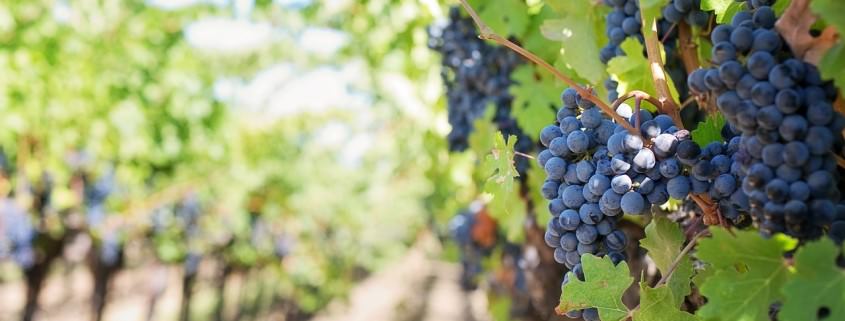The Silver Lining of the California Drought
A record-breaking four year drought continues to wave over California, creating difficult conditions for farmers that need lush land to make a living. Winemakers, on the other hand, are embracing the harsh environment as their vines have begun to produce perfectly ripe grapes despite the unfavorable circumstances. Still, the production of delicious wine won’t last with water supplies slipping. What does the lack of rain mean for wine suppliers and consumers? Here’s what you need to know as the damaging drought continues.
Strict conservation rules were set in place after California Governor Jerry Brown declared a drought State of Emergency in January of 2015. This week, a mandatory 25% cutback on water was implemented in hopes of helping communities statewide. In spite of the stern ruling, grape vines have been thriving.
The root of a grape plant has the ability to grow deep into the soil when searching for water. A root growing in regular conditions will grow ten feet underground, but when developing in a drought, they continue to spread in order to survive. The plants have been reported to go as deep as one hundred feet, but the absence of rain can cause salt levels to rise, hurting the already weak vines. Those that do find water, however, are producing some of the most expressive wines that the state has seen in years.
Dry weather makes the grape vine work harder to find water, stressing the vine to a point where it begins to produce smaller grapes in order to live. Although smaller grapes seem like a negative consequence, the shrinking fruit packs an abundance of flavor, making for more delicious wines. Consumers have began to notice as well, as wine reviews have increased over the last three years that the drought has been impacting California.
The ongoing drought isn’t beneficial to all winemakers, as those that favor quantity over quality are suffering. These inexpensive wines are becoming more costly to produce, which leads to higher prices for consumers. The raising prices will deter some customers who will soon turn to other alcoholic beverages, like beer and spirits.
As the California drought rages on, one question haunts the minds of wine producers- How long can my vines handle the extreme weather? Grape vines are resilient, but in order to survive, will stop producing fruit if water sources dwindle. The vines that reach such extremes are difficult to recover and could mean large losses for certain winemakers. The drought has sparked innovation from companies that want to increase water efficiency during the time of need. One example is Fruition Sciences, an irrigation technology company, that has created a system that claims to reduce water usage by 40%.
Restaurants and bars should be wary of the drought and its affect on wine production. Wines produced in this dry period are a good investment, but the price will be sure to reflect the quality. One can only hope that the drought soon comes to the end so that domestic, California wines can continue to flourish.
- Sommelier Surge in Restaurants - August 7, 2015
- 3 Up-and-Coming Restaurant Industry Trends - August 6, 2015
- Millennial’s Impact on the Wine Industry - August 4, 2015



